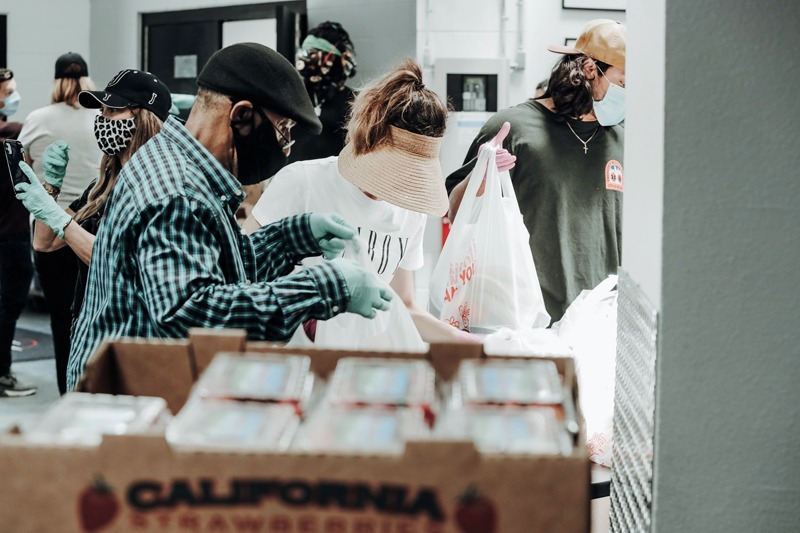February 13, 2017; Phys.org and Nature: Human Behaviour
Creating an effective social media plan is essential for nonprofits and for profits alike. One question leadership often asks is how an organization can engage supporters on the different platforms and, more importantly, translate this engagement into increased financial support. Recently, we have watched the fire-building and war-chest-building effects of the efforts launched on behalf of the ACLU and Planned Parenthood. Ambassadors and advocates often start these on behalf of a trusted organization.
New research from the University of Cambridge studied successful campaigns like the Ice Bucket Challenge. Back in 2014, millions of people were dumping buckets of ice water over their heads. The campaign, known as the Ice Bucket Challenge, gained media attention and increased awareness of ALS, or Lou Gehrig’s disease. In just eight weeks, it raised $220 million worldwide—13 times the amount raised throughout 2013—thanks to videos of President Obama, Bill Gates, Leonardo DiCaprio, and many more celebrities and ordinary people. All of these efforts raised public familiarity of the disease and led to it becoming the fifth-most-popular Google search for all of 2014.
Clearly, this was a short-term success that produced some great medical advances, but the long-term financial impact was not as significant. The majority of ice bucket donors did not renew their donation the following year, although donations remained around 25 percent higher than the year before the challenge took place. Equally important, the average age of the organization’s donors dropped from 50 to 35—an exciting outcome, since gaining the attention of millennials is challenging but essential for long-term viability.
Efforts to renew and duplicate the campaign have largely failed, leading to research by Dr. Sander van der Linden from the University of Cambridge to explore and attempt to pinpoint a recipe for success. Dr. van der Linden, writing in the journal Nature: Human Behaviour, refers to these campaigns as viral altruism or the “altruistic act of one individual directly inspires another, spreading rapidly like a contagion across a network of interconnected individuals.”
Sign up for our free newsletters
Subscribe to NPQ's newsletters to have our top stories delivered directly to your inbox.
By signing up, you agree to our privacy policy and terms of use, and to receive messages from NPQ and our partners.
Through his research, Dr. van der Linden identifies four principles, or SMART criteria, of a successful campaign. People engaged in the campaign use social media to reach out to their social networks; that’s the S of SMART. The viral campaign captures people’s attention and makes them feel good. The M represents the moral imperative to act. A successful campaign develops from a story displaying need rather than dry statistics. The person receiving this message is captured by the story or image and compelled to act and share it within their network to receive affective reactions (AR). The clearer, simpler, and more emotional the act, the more likely it will be shared. The more involved the act is, the greater and more lasting the impact, but it lessens the likelihood people will participate.
The T of successful campaigns is the final and most challenging criterion. To realize change, the social media campaign must transform the act from a quick click-and-share to a social movement. Indeed, many campaigns encourage people to compete and win rather than support the cause. These flashy campaigns create interest because of the number of people participating but soon bust since the campaign only lasts as long as the person is acting. Instead, campaigns are often more successful if their growth develops rather than explodes.
Campaigns turn into movements if the act or campaign is connected to the mission. To create lasting engagement, a successful campaign internalizes a new personal deeper action or norm within the people sharing. In the case of The Ice Bucket Challenge, it is estimated that only one out of four videos mentioned ALS, and even fewer (one in five) said they made a donation. But, those that mentioned the organization were five times more likely to give. Additionally, when the organization attempted to restart the challenge in 2015, the donations garnered from it were less than one percent of 2014’s levels.
Deliberately building successful campaigns is rare. Instead, most viral campaigns stem from a single act outside of the organization. Successful nonprofits use their communications plan to connect and build on these campaigns to create lasting change.—Gayle Nelson













